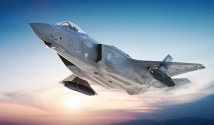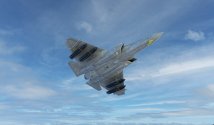Side question as a layperson regarding RCS measurement, would physically modelling the j-20 via 3d printing, then measuring the radar return on the model be significantly better than software simulation? I'd imagine you can make the physical model as detailed as possible using photographic modelling, this seems doable even from a OSINT pov?
However you will be limited by surface resolution during manufacture and whether a scaled model directly translates to the real deal. I'm not too familiar with radars but I know that this is commonly done for aero research.
However you will be limited by surface resolution during manufacture and whether a scaled model directly translates to the real deal. I'm not too familiar with radars but I know that this is commonly done for aero research.


